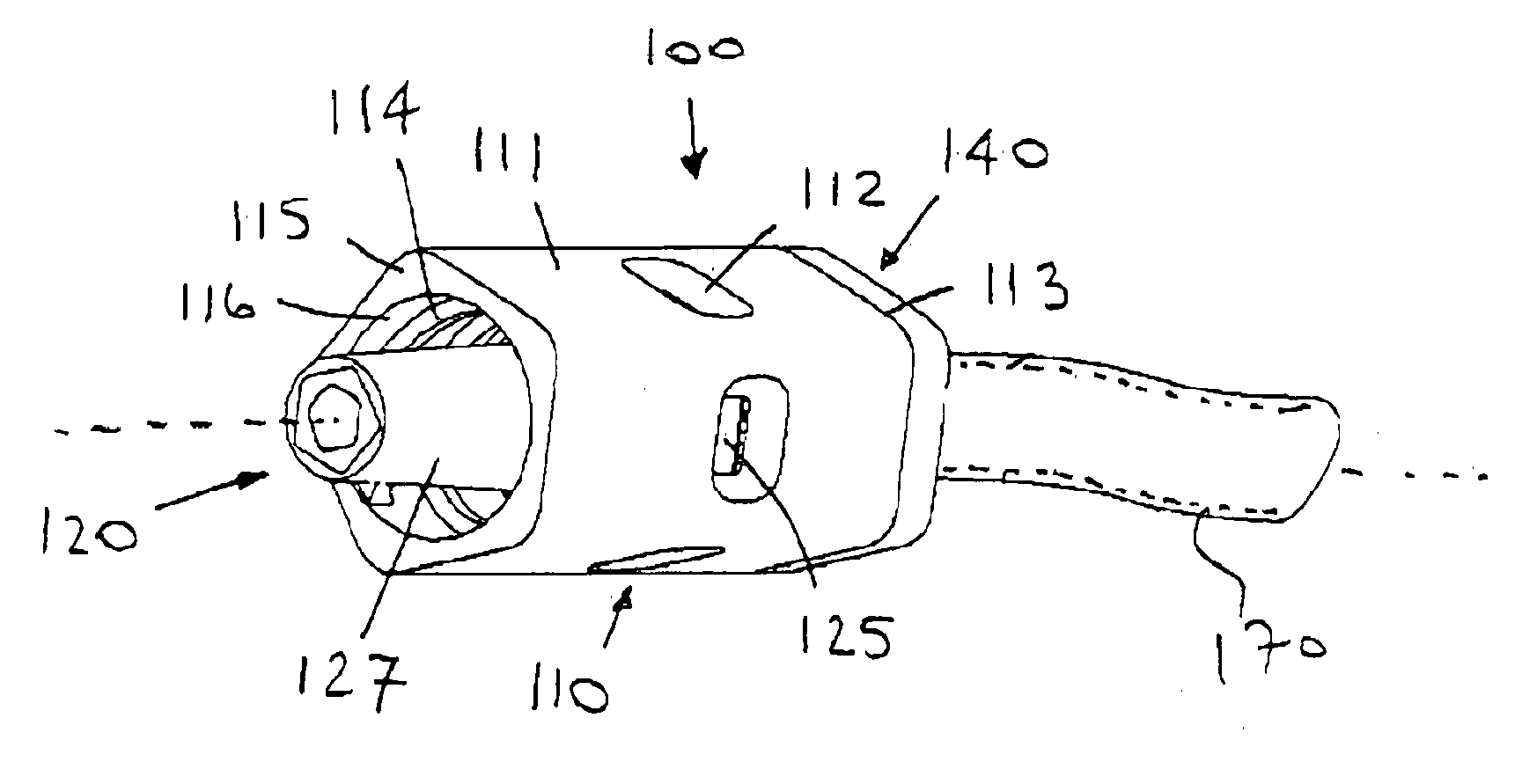Devices, Assemblies, and Methods for Controlling Fluid Flow
a technology of fluid flow and devices, applied in the direction of fluid cut-off devices, joints, infusion syringes, etc., can solve the problems of high manufacturing cost and ineffectiveness of conventional devices and assemblies for establishing medical connections
- Summary
- Abstract
- Description
- Claims
- Application Information
AI Technical Summary
Benefits of technology
Problems solved by technology
Method used
Image
Examples
Embodiment Construction
[0103]Apparatus and methods described herein may relate to connecting devices and assemblies that, among other things: utilize a rotational force for actuation to avoid or create a desired bolus effect, minimize the number of parts necessary for manufacture, decrease the internal volume of the devices and assemblies, and / or use status indicators to signify when actuation and deactuation are complete. Also, in some embodiments, the apparatus described herein may create and maintain a flat (planar) surface that is easily swabbed for cleaning and sterilization purposes. Although embodiments of connecting devices and assemblies are described herein with respect to medical connections, such connecting devices and assemblies are not limited to medical connections alone but may be applicable to any connection device or assembly that could benefit from the use of a rotational actuation force, status indicators, and / or any of the other features described herein.
[0104]For the following descri...
PUM
 Login to View More
Login to View More Abstract
Description
Claims
Application Information
 Login to View More
Login to View More - R&D
- Intellectual Property
- Life Sciences
- Materials
- Tech Scout
- Unparalleled Data Quality
- Higher Quality Content
- 60% Fewer Hallucinations
Browse by: Latest US Patents, China's latest patents, Technical Efficacy Thesaurus, Application Domain, Technology Topic, Popular Technical Reports.
© 2025 PatSnap. All rights reserved.Legal|Privacy policy|Modern Slavery Act Transparency Statement|Sitemap|About US| Contact US: help@patsnap.com



